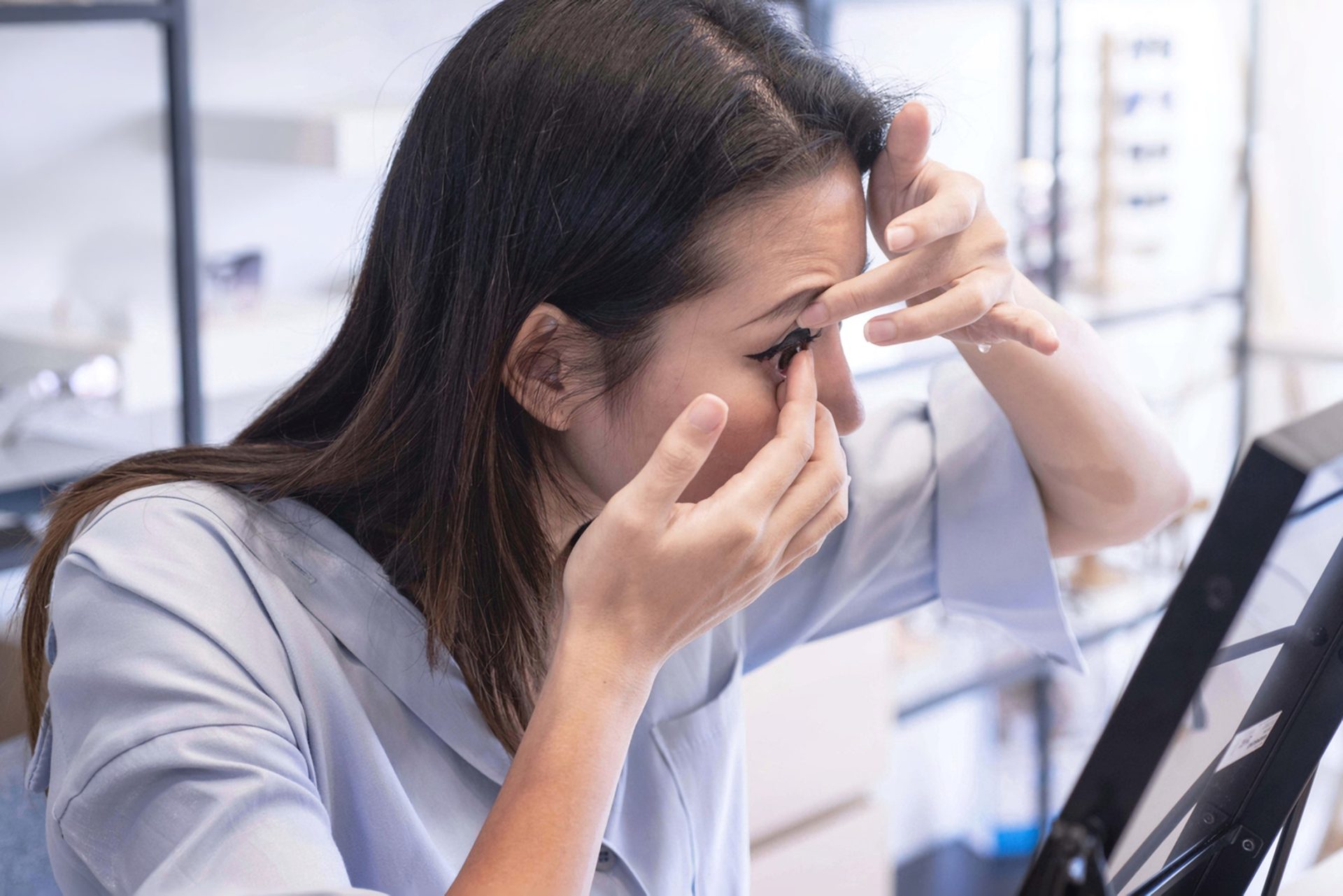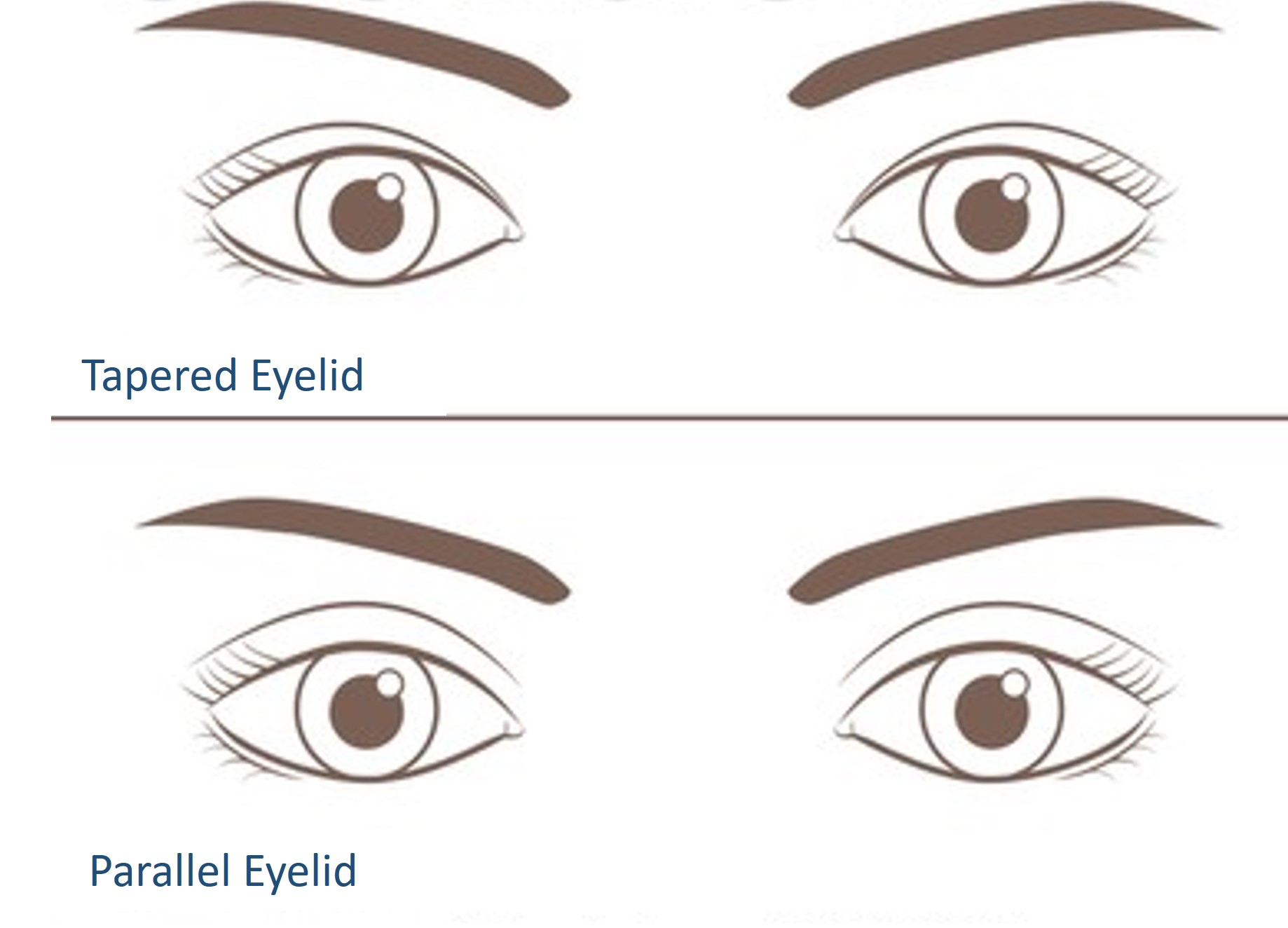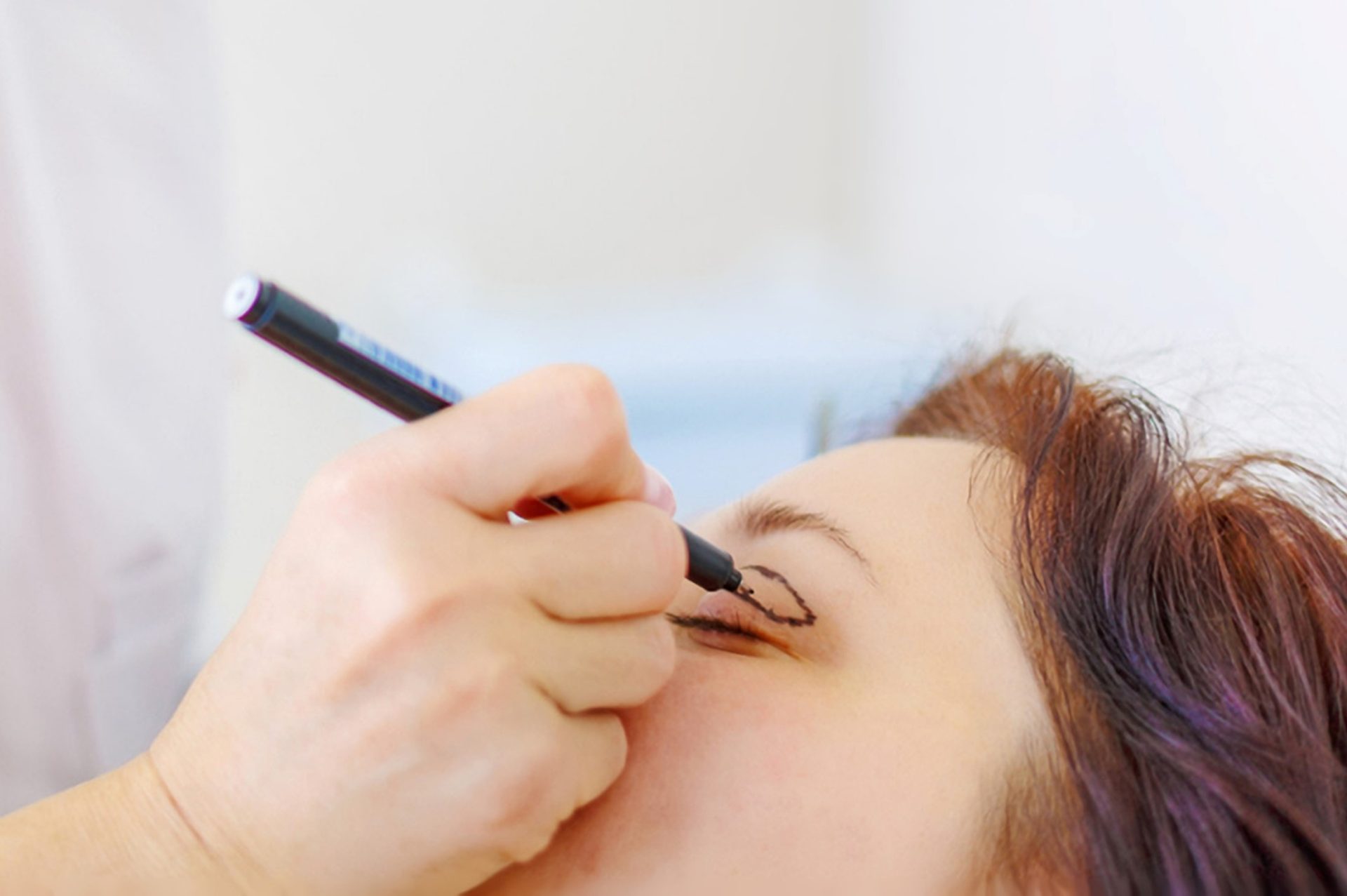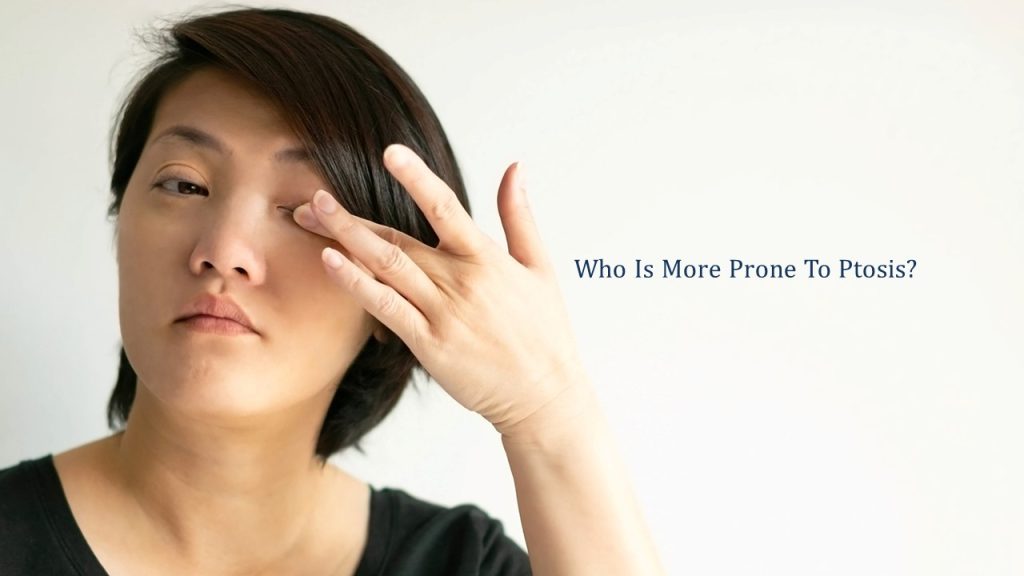Eyes are of paramount importance when it comes to our facial appearance. Regardless of the gender, every young adult gives priority to their eyes because eyes are indicators of our beauty, personality, and health. So if your eyelid is sagging and droopy, it may give off a constantly tired look and that is not very appealing.
Having such droopy eyelids is medically known as “ptosis,” and that is not only a cosmetic issue but also a restriction to your clear vision due to the partial blockage of the pupils. Yet, now you could bid farewell to all those functional and cosmetic concerns with the help of a procedure called “ptosis surgery.” Ptosis surgery can restore the youthful, vibrant appearance of your eyes while improving your sight. So, do you know whether you are prone to ptosis or have ptosis condition? Let’s find out!
Who Causes Eyelid Ptosis?

Fundamentally, ptosis could either be an acquired condition or an issue by birth (congenital). Acquired ptosis is further categorized according to the causative factors. Ptosis could occur due to stretching and weakening of the connective tissues of the upper eyelid (aponeurotic ptosis). Aging is the most prevalent reason for this type of ptosis, and it could also occur with conditions such as recent eye swelling and long-term use of contact lenses. The abnormalities of the levator muscle (myogenic ptosis), which is responsible for the elevation of the eyelid, could also cause ptosis. Myasthenia gravis is one such disease.
Furthermore, any disruption to the nervous supply to this muscle could lead to its paralysis (neurogenic ptosis). This could unintentionally occur with direct and indirect trauma especially when the relevant ligaments and muscles (traumatic ptosis) are damaged. The conditions that could increase the weight of the eyelid, such as tumors, are also counted as potential etiological factors (mechanical ptosis).
Are Asians More Prone To Ptosis?

Unfortunately, yes! Most Northeast and Southeast Asians either do not have double eyelids or have small in-folds. When there are no double eyelids, there is no connection between the levator muscle and the skin. If you have smaller in-folds, the muscle is connected only to a small area of skin. In the above two instances, as there is less burden to the muscle, the resistance to the muscle movement is low. Why do the sportsmen do workouts using weights? Because increased resistance increases muscle strength. This scenario is the opposite of that. Since there is lower resistance to the muscle, it becomes weaker. Additionally, the forehead muscles also begin to help the levator muscle lift the eyelid further reducing its workload.
Another contributory factor is the progressive stiffening around the muscle due to the limited movements. The final product of a weak and stiff levator muscle is inevitably a droopy eyelid!
What Is Ptosis Surgery?
Ptosis surgery is the surgical procedure to correct droopy eyelids. Under this surgery, the levator muscle is shortened or tightened in order to lift the upper eyelid. As an extra benefit, single eyelids are converted to double eyelids!
The ptosis surgery is available in two types. What type suits you the best is determined by the degree of severity of your ptosis. The two types are as follows.
Non-Incisional Type

The surgeon performs this method by putting sutures through micro holes rather than using incisions. They apply knots to a segment of the levator muscle, thereby creating a tightening effect to elevate the eyelid to a higher position. This technique is ideal if you are suffering from mild to moderate ptosis. This procedure does not require more than an hour, and it could be managed by either local anesthetics or a low level of sedation.
Incisional Type

As the name implies, this technique needs incisions. The surgeon shortens the levator muscle by removing a portion or the loose muscles. Subsequently, the muscle is pinned upward to create the required tightening effect. This method has the additional privilege of removal of excess skin and fat. As this is more complex than the previous method, it consumes more time and the procedure duration ranges from 60 to 90minutes.
What Are The Major Steps In The Ptosis Surgery?
It will start with a thorough examination. This assessment includes the diagnosis of the severity of the ptosis and its degree of functional loss. It also assesses your medical fitness to undergo this procedure. After the medical assessment, we move on to the discussion on cosmetic developments. Your desired height and the type of the crease, along with the suitable method, could also be discussed with the consultant before the surgery. As for the crease types, you could either go for a parallel crease or a nasally tapered one. According to those decisions, the preoperational markings will be done while you are in the sitting position. Then the surgery will be conducted under local anesthesia or light sedation. General anesthesia is not utilized as your cooperation could be needed during the surgery.

Who Are The Candidates For The Ptosis Surgery?
Ptosis surgery is recommended as a solution in many instances. Having droopy eyelids is one of the top-line indications for ptosis surgery. If you have extra fat and skin in the eyelid, it would be an additional reason but this could also be recommended even for a mild degree of droopiness as it could prevent the negative effects that could occur with time.

As we mentioned in the introduction, ptosis could become a functional deficit that restricts your sight. If the eyelid masks more than 20% of your pupil, this surgery is definitely meant for you. Do you have recurrent headaches? Maybe your forehead muscles are exhausted as they have to keep that sagging eyelid elevated. Hence having frequent headaches is also an indication for this operation.
Even though you do not have any of the problems mentioned above, if you are yearning for larger and more alert-looking eyes, ptosis surgery could probably be your solution!
How Will You Feel After The Ptosis Surgery?
As in any other surgery, in the first four to six days, your surgically treated eye would be swollen and bruised. The pain and discomfort would be bearable and would quickly respond to commonly used painkillers. The stitches of the incisional method could be removed after a week whereas, the non-incisional method may not need a stitch removal. The downtime depends on the surgery type. The simpler suture type requires around 10 days, while the incisional method needs approximately 2 weeks. Anyhow your eyes would look normal after one month.
What You Should And Should Not Do After The Ptosis Surgery?
First, we will note the things we should do as aftercare. Keeping your head slightly above your heart level and applying ice massages are beneficial for reducing the swelling of the eyes. One could even apply a face cooling mask for the first two days. Anti-swelling supplements are also an available option. The use of anti-scar creams could quicken the disappearance of the scar.

Where medication is concerned, it is mandatory to get oral or topical antibiotics in order to prevent the possible risk of infections. Your doctor will also prescribe you eye drops to prevent dryness. Replace the contact lenses with prescription glasses for the first two weeks. Using a pair of dark shades is a good way to avoid exposure to bright sunlight. Light exercises could increase your blood supply to an optimal level to boost up the repairing mechanisms.
Now let’s move to the things you should avoid. Application of makeup or any other facial cream should be avoided for about 10 to 14 days. Although showering is not completely prohibited, long hot showers should be avoided as that could shrink your blood vessels and suppress the recovery process. After every bath, you should gently pat and dry the surgical site since it is essential to keep it clean and dry. It is better to avoid swimming at least for two weeks as that could lead to irritations. Rubbing should be strictly avoided. Refrain from strenuous activities to prevent over-exertion.
Conclusion
Droopy eyelids could mask your pleasing and energetic soul with an aged and exhausted face. Ptosis could arise due to a plethora of reasons. Some could be prone to this by birth, whereas in a majority, it is an acquired defect. Thanks to the continuously evolving surgical world, ptosis surgery could repair your sagging eyelids and treat you with a more pleasing appearance and a clearer vision! This surgical procedure could be accomplished either through a suturing method or with the help of a tiny incision. Strong background knowledge could help you figure out whether you are also prone to ptosis.
About Dream Aesthetics and Plastic Surgery
Bespoke surgical for cosmetic or medical reasons is what Dream covers to bring out the beauty in every individual. Going beyond the aesthetics and working on physical anomalies are what we value the most in leading our patients to cherish self-improvement and confident lifestyles.
Derived from Associate Professor Vincent Yeow’s long-standing experience performing plastic surgery in Singapore, our treatment plans deliver physical remodelling in our patients’ favour. One of the notable remodellings is droopy eyelid correction. The ptosis surgery used for treatment eventually fixes drooping eyelids, improves vision and enhances appearance.
Most importantly, as a trustworthy plastic surgery and aesthetic clinic, we treasure positive and natural outcomes for each individual. We will ensure to deliver the beauty refinement of your dream without compromising your safety and privacy.







